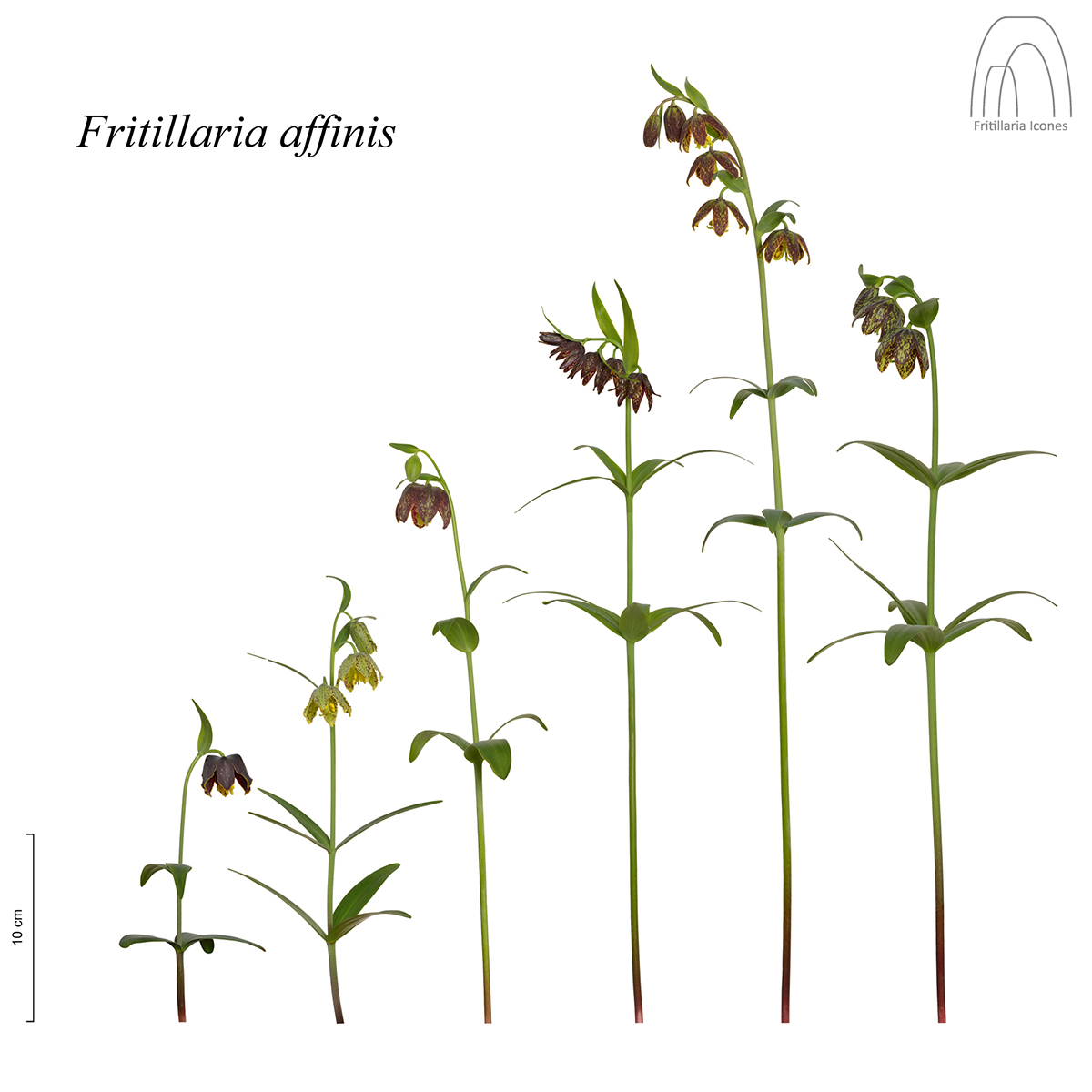NEWS 2022
Thinking Plants
A Virtual Exhibition for The Philosophical Life of Plants Project: a research network funded by the UK Arts and Humanities Research Council
Curated by Julia Buckley (Research Assistant to the project based at Royal Botanical Garden Kew)
Species Boundaries: Fritillaria affinis (from the section Vegetal Scale)
https://www.thinkingplants.org/vegetal-scale
Thinking Plants
Johann Wolfgang von Goethe (1749-1832) is best known as a poet and writer but he also made a significant contribution to the natural sciences and in particular to plant morphology (the study of the external structure and physical form of plants). In the field of botany, he drew influence from the groundbreaking work of Swedish taxonomist Carl Linnaeus and from the German Naturphilosophie approach to nature, though his scientific practice found fault with both modes of thought. Like Aristotle before him, Goethe believed that the plant form should be studied holistically and that the whole should be considered in its relation to each part.
This online exhibition takes Goethe’s botanical philosophy as a catalyst for plant thinking. Using his 1790 publication The Metamorphosis of Plants as a starting point, it diverges into four themes centred on plant morphology and explores the concept of the type, surface and depth, relationships and abstraction, and the spatial and temporal implications of vegetal scale. Using material from the Library and Archives and associated collections of the Royal Botanic Gardens, Kew, it examines the multifaceted sensorial experience of plant interactions over the 18th and 19th Centuries and how they were manifested within the field of botany and beyond.
Vegetal Scale
Relative to humankind, plants operate on much greater extremes of spatial and temporal scale. The Ginkgo tree can trace its lineage to the Jurassic period while specimens of the Giant Redwood hold claim to being the largest tree in the world. Plant time exists both in accordance with the seasons and transformational growth. Goethe described the macrocosm of the ‘plant ocean’ which sustains insect life, while the microcosm can reveal processes and interdependencies hidden from the naked eye. Scale of dispersal can testify both to agency of the organism and assisted dissemination as well as provide evidence of modification and adaptation to environment over time. With such different relative values, the representation of vegetal scale can be challenging.



